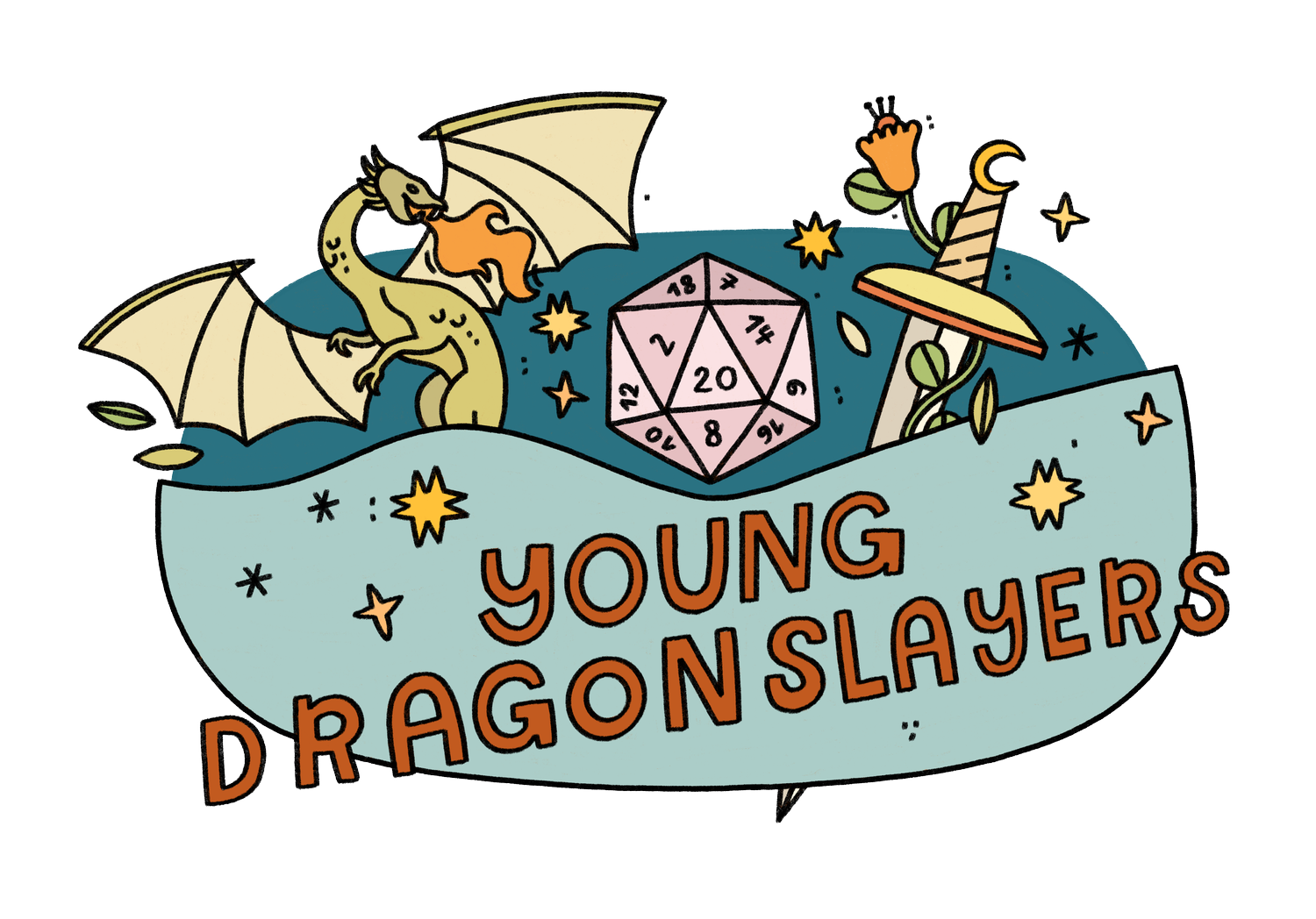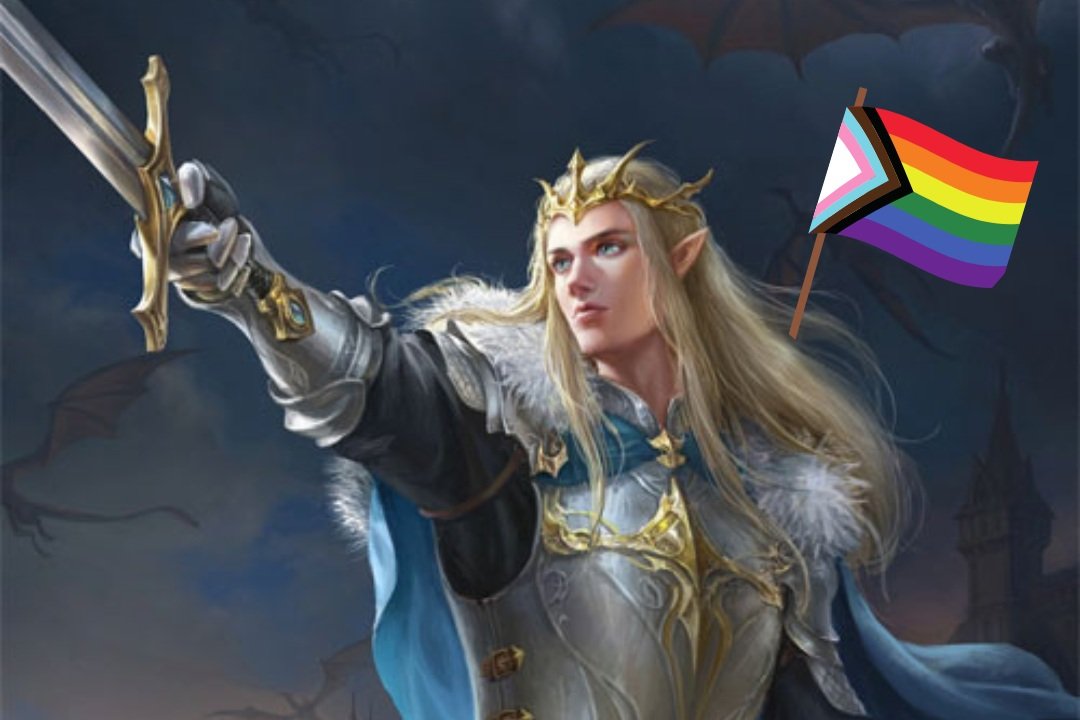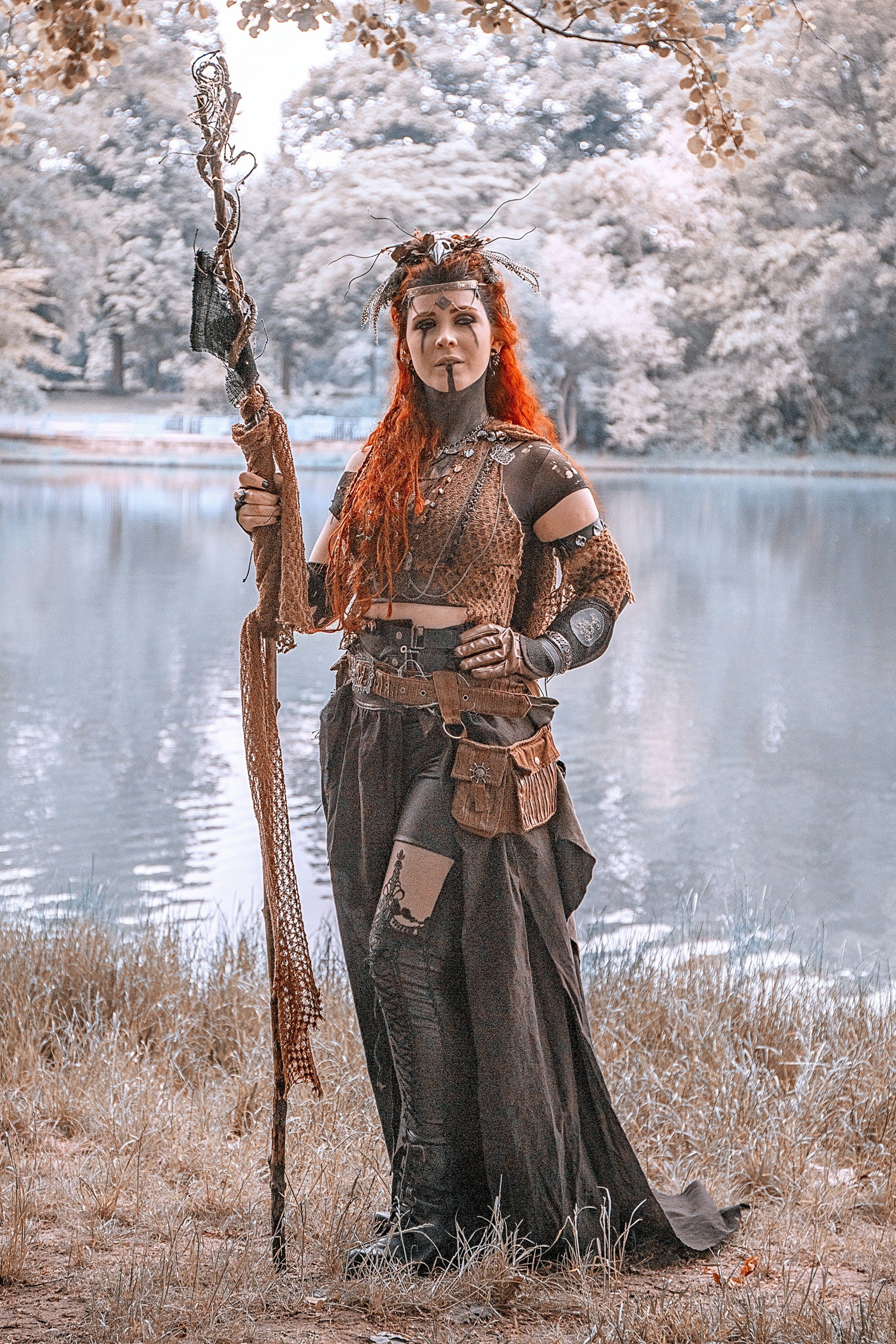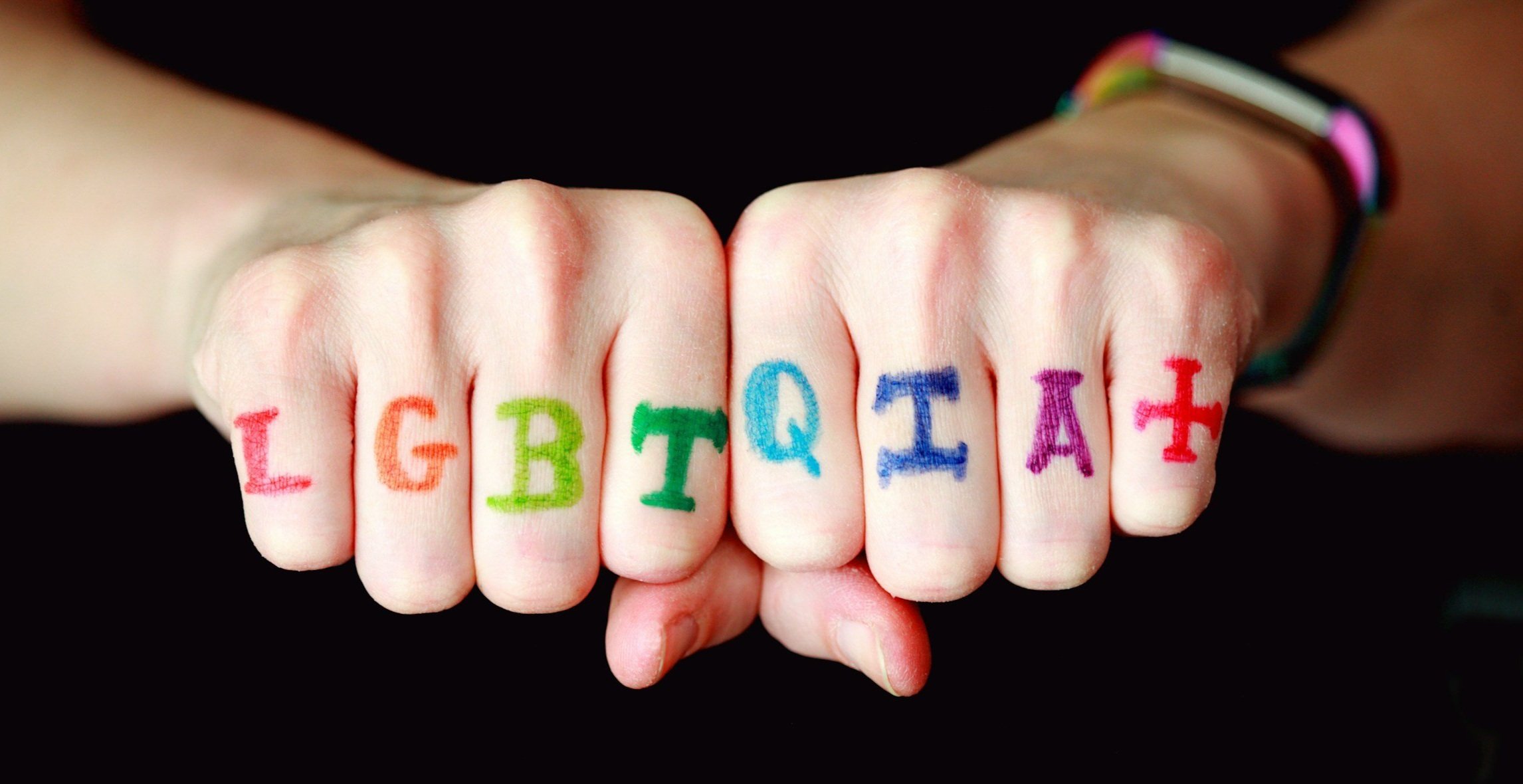How to Play an LGBTQ+ Character in Your D&D Campaign
June is Pride Month, where the LGBTQ+ community celebrates who they are and remembers where they came from. Many of the Dungeon Masters here at Young Dragonslayers (myself included) are a part of this community, which informs the way we play the game. If you think about it, it makes sense; the roleplaying and fictional aspects of Dungeons & Dragons (D&D) are a great way to explore, express, and learn more about all kinds of identities - and do so in a safe place that doesn’t carry the pressure of “real life.” So it’s no surprise that D&D has a rich history of LGBTQ+ creators and players bringing their own ideas to the game. But, especially for those outside the community, trying to portray an LGBTQ+ character accurately and respectfully can feel like a lot of pressure. Here is some advice on how to create an LGBTQ+ character that is imagined with sensitivity, interesting to learn about, and, of course, fun to play!
Create an Interesting D&D Character First
Though it is starting to change, there are still many LGBTQ+ characters in books, TV, and more who are simple stereotypes, one-dimensional characters with nothing to them besides their LGBTQ+ identity. This kind of characterization is not only weak writing, it is also disrespectful to real-life people who have those identities. Consider: would you ever play a character whose primary characteristics are being cisgenger, straight, and allosexual? I sure hope you could come up with something more interesting than that! Real humans, and fictional characters meant to act like real humans, have so many different aspects to their personality, identity, and life - including, but not limited to, their gender and sexuality.
So start by creating a D&D character who represents an entire person. Maybe they’re an introvert who likes to spend time in nature, or a devoted follower of the D&D god of knowledge. Perhaps they transform into animals so they can run free, or they rely on a magical steed. Maybe they’re a member of a royal family, or a talented public speaker. Think about other identities they may hold; they could be a leader, neurodivergent, an only child, a veteran, a proud tribesperson, or something else entirely. Once you have an idea of who your character is, you can start to think about their gender and sexuality in the context of a whole person. This not only a good way to respectfully represent a marginalized identity, but it also makes for a more interesting character - win-win!
Do Your Research
If you are playing a character with an identity you share (for example, if you are a nonbinary player playing a nonbinary character), you can start by basing your character on your lived experience. Think about what in your character's experience might be the same as or different than yours (a human student's experience of gender at a middle school in our world would definitely be different from, say, a Kenku Sorcerer attending the magical school of Strixhaven in the D&D World). How are they perceived? How are they treated? How do they feel about themself? How do they express themself? What ways do they act like you? What ways do they feel like you? Do they interact with others in the ways you do? These questions and more will give you an idea of how to play your character.
If you're playing a character whose identity you don't share (for example, if you’re a gay player playing a pansexual character or an allosexual player playing an asexual character), it’s time for a little bit of research. Everyone's experience is different, but learning about what people's real lives are like will go a long way, especially compared to using imagination alone. There are many LGBTQ+ creators on YouTube, TikTok, and more who share their experiences, plus a ton of great books, movies, and more portraying fictional LGBTQ+ characters. These can not only be ways to understand more LGBTQ+ experiences but can help inspire ideas for your character.
Take Inspiration From LGBTQ+ D&D Characters
There are several LGBTQ+ characters in official Dungeons & Dragons stories. Take Corellon Larethian, the D&D god who created the elves. They were introduced to D&D lore way back in 1980, when they were described as "alternatively male or female, both or neither.” Now, we might recognize that as genderfluid! In the current edition of D&D, characters who are the blessed of Corellon may magically change their bodies to affirm their gender identity, though the Player’s Handbook notes that “you don't need to be confined to binary notions of sex and gender.”
There are other examples as well; Doric, from The Druid's Call and Dungeons & Dragons: Honor Among Thieves, is asexual and aromatic; Urgala Meltimer, from Stormking’s Thunder, is a lesbian; Chay Bannister, from No Foolish Matter, is gay; Fel’rekt Lafeen, from Waterdeep: Dragon Heist, is transgender; Molliver, from The Wild Beyond the Witchlight, is nonbinary, and Strand Von Zarovich, from Curse of Strahd, is bisexual. Do a little digging, and you'll find that the world of D&D is filled with LGBTQ+ people - just like our own!
Imagine Queer Culture in the D&D World
The LGBTQ+ community in our world has its own culture, expression, and history: from clothing and slang to activism and zines. The world of D&D has its own versions of all of these things - and they'll be different in each campaign you play! Maybe in one campaign, gay couples are commonplace, accepted and can magically have children, while in another, they have to defend themselves against those who hate them and adopt children that were also rejected from society. Maybe in one campaign, gnommish society has no concept of gender, while in another, there are three genders represented by different schools of magic. In one of my campaigns, we adventured through the Feywild, where faerie magic altered the characters' bodies, giving them an opportunity for different bodily gender expression (much like many queer people hope for in our world).
If you are a tween or teen who would like to explore the world of D&D, wants help creating an LGBTQ+ character, or just wants to see what this game is all about, consider joining our games. Myself and the other Dungeon Masters here at Young Dragonslayers will guide you through making a character and playing a game in a fantastical magical world - and, of course, we practice basics like proper pronoun use and including diverse characters in the worlds we create. We open our games to new players once per season - go check them out!







